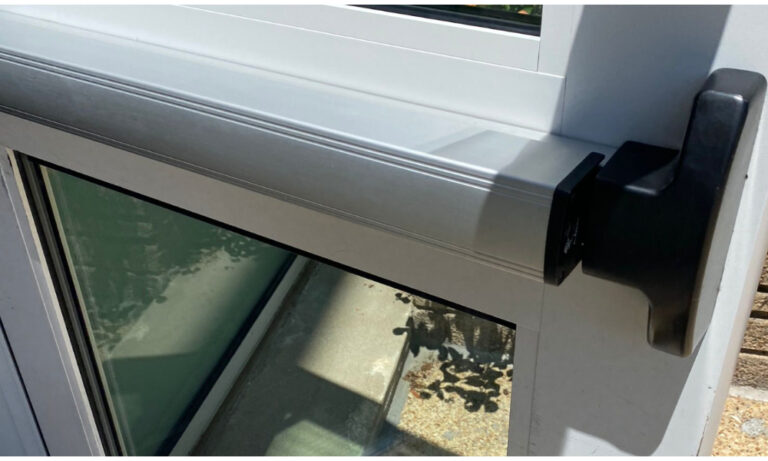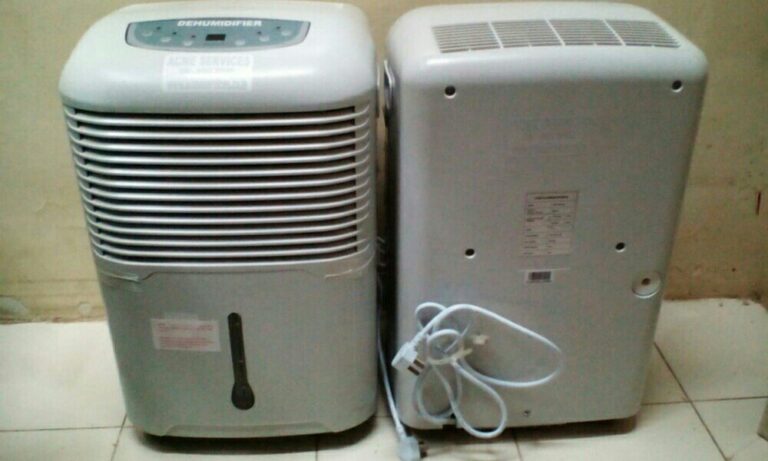
What are French Drains?
The idea behind the French drain is quite simple and logical. A pipe is embedded in the soil surrounding the building the collect the waters excess from around the building away. By laying these French drains the possibility of water seeping into the building material because of the water pressure gradient or from any collecting water from around the building itself is decreased.
French drains are not only channeled to collect the excess water from around the building , but it also washes away the soil and other loose sediments that are causing damage to the building. These drains are typically laying at the edge of the bottom of the building to drain out all the water from the root of the issue.
Accumulation, mold, or moisture – related within or adjacent to your property are all consequences of poor property disposal. Fortunately, constructing a French drain can enable you to prevent these issues.
Plan the Location for French Drain
- Find the area where the extra water is collecting and decide wherever you desire it to travel.
- Check for reservoirs and other waterways when selecting an exit for water runoff, or use existing drainage. If it’s simpler, you can direct runoff water to the road’s curb.
- Drain away from a neighbor’s land.
- Label the depth and orientation of the ditch with pegs, flags, striped spray paint, or perhaps another way.
- In order to ensure appropriate outflow, the ditch and pipe arrangement must constantly release water at a lower level and discharge from a steeper angle.
- Never redirect the water at your property.
- Prior to actually installing the French drain, confirm that there are no zoning limitations in your neighborhood and obtain the appropriate permits.
Digging a Trench for French Drain
- In your yard, where water needs to drain, dig a trench leading to the exit of your choice.
- Before excavating, make sure to check for utility lines and pipelines.
- 18 inches deep and 9 to 12 inches broad are the ideal dimensions for the trench.
- For the gravity’s pull to function for you, French drains must have an inclination of at least 1%. For every 10 feet of pipe, the drain must slope downward by a minimum of one inch.
Depending on the extent of your trench, you may either use spades to dig it or think about hiring a trencher to finish your project. Use this hiring services once and return it because you don’t need it anymore for maintenance.
Line the Trench of French drain with Filter Fabric.
Lay a vegetation blocker or water-permeable filter fabric over the gravel bedding in the trench. This will keep debris, sludge, and tree roots out of the French drain. Keep the filter cloth exposed with at least 5 to 10 inches of extra material on either end. You will utilize this extra fabric to cover the pipe that you use for the French drain.
The connecting pipe structure should be set in the trenches on top of the crushed stone layer, with the drainage holes inside the porous pipe pointing downstream. By putting water into the input grating, you may check the drain’s movement.
3 inches or more of rubble or small stones should be used to cover the pipes, but not so much that it crosses over surface. Add another layer of security by covering it with the extra filter fabric.





